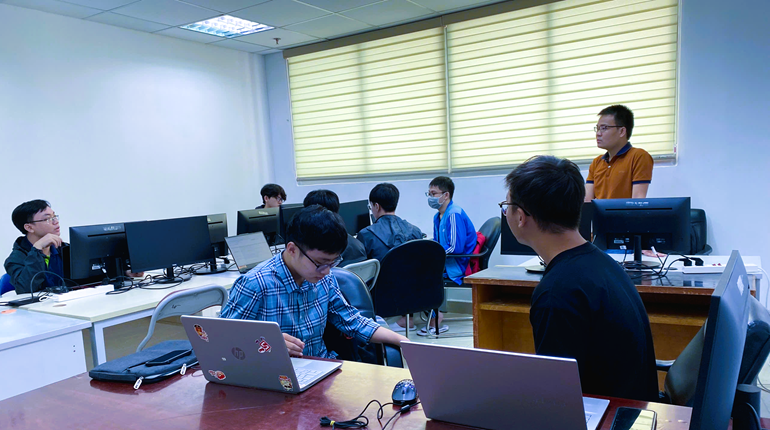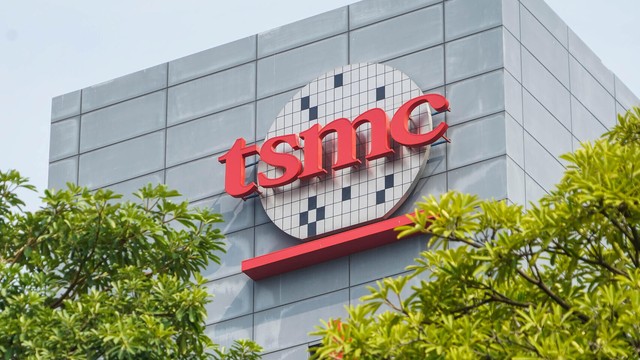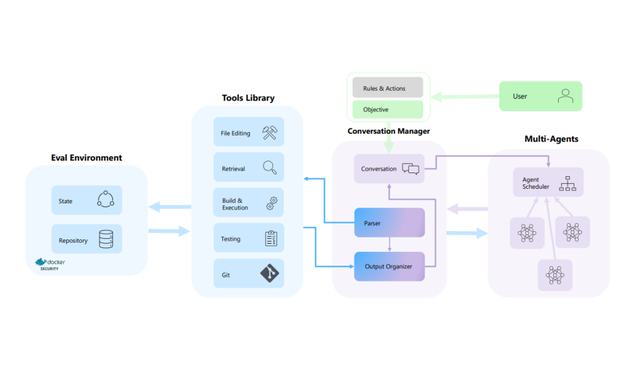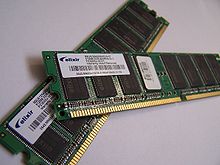
Random-access memory (RAM) is a form of computer data storage. Today, it takes the form of integrated circuits (IC) that allow stored data to be accessed in any order (i.e., at random). "Random" refers to the idea that any piece of data can be returned in a constant time, regardless of its physical location and whether or not it is related to the previous piece of data.
By contrast, storage devices such as magnetic discs and optical discs rely on the physical movement of the recording medium or a reading head. In these devices, the movement takes longer than data transfer, and the retrieval time varies based on the physical location of the next item
The word RAM is often associated with volatile types of memory (such as DRAM memory modules), where the information is lost after the power is switched off. Many other types of memory are RAM, too, including most types of ROM and a type of flash memory called NOR-Flash.
Types of RAM
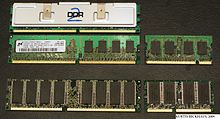
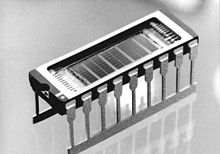
SRAM and DRAM are volatile, other forms of computer storage, such as disks and magnetic tapes, have been used as persistent storage in traditional computers. Many newer products instead rely on flash memory to maintain data when not in use, such as PDAs or small music players. Certain personal computers, such as many rugged computers and netbooks, have also replaced magnetic disks with flash drives. With flash memory, only the NOR type is capable of true random access, allowing direct code execution, and is therefore often used instead of ROM; the lower cost NAND type is commonly used for bulk storage in memory cards and solid-state drives.
Similar to a microprocessor, a memory chip is an integrated circuit (IC) made of millions of transistors and capacitors. In the most common form of computer memory, dynamic random access memory (DRAM), a transistor and a capacitor are paired to create a memory cell, which represents a single bit of data. The capacitor holds the bit of information — a 0 or a 1 . The transistor acts as a switch that lets the control circuitry on the memory chip read the capacitor or change its state.
Memory hierarchy
Many computer systems have a memory hierarchy consisting of CPU registers, on-die SRAM caches, external caches, DRAM (dynamic RAM), paging systems, and virtual memory or swap space on a hard drive. This entire pool of memory may be referred to as "RAM" by many developers, even though the various subsystems can have very different access times, violating the original concept behind the random access term in RAM. Even within a hierarchy level such as DRAM, the specific row, column, bank, rank, channel, or interleavestorage media or a tape is variable. The overall goal of using a memory hierarchy is to obtain the higher possible average access performance while minimizing the total cost of the entire memory system (generally, the memory hierarchy follows the access time with the fast CPU registers at the top and the slow hard drive at the bottom). organization of the components make the access time variable, although not to the extent that rotating
In many modern personal computers, the RAM comes in an easily upgraded form of modules called memory modules or DRAM modules about the size of a few sticks of chewing gum. These can quickly be replaced should they become damaged or when changing needs demand more storage capacity. As suggested above, smaller amounts of RAM (mostly SRAM) are also integrated in the CPU and other ICs on the motherboard, as well as in hard-drives, CD-ROMs, and several other parts of the computer system.
Swapping
If a computer becomes low on RAM during intensive application cycles, many CPU architectures and operating systems are able to perform an operation known as "swapping". Swapping uses a paging file, an area on a hard drive temporarily used as additional working memory. Excessive use of this mechanism is called thrashing and is generally undesirable because it lowers overall system performance, mainly because hard drives are far slower than RAM. However, if a program attempts to allocate memory and fails, it may crash.
Other uses of the "RAM" term
Other physical devices with read–write capability can have "RAM" in their names: for example, DVD-RAM. "Random access" is also the name of an indexing method: hence, disk storage is often called "random access" because the reading head can move relatively quickly from one piece of data to another, and does not have to read all the data in between. However the final "M" is crucial: "RAM" (provided there is no additional term as in "DVD-RAM") always refers to a solid-state device.
Often, RAM is a shorthand in on-line conversations for referring to the computer's main working memory.
RAM disks
Software can "partition" a portion of a computer's RAM, allowing it to act as a much faster hard drive that is called a RAM disk. Unless the memory used is non-volatile, a RAM disk loses the stored data when the computer is shut down. However, volatile memory can retain its data when the computer is shut down if it has a separate power source, usually a battery.
Shadow RAM
Sometimes, the contents of a ROM chip are copied to SRAM or DRAM to allow for shorter access times (as ROM may be slower). The ROM chip is then disabled while the initialized memory locations are switched in on the same block of addresses (often write-protected). This process, sometimes called shadowing, is fairly common in both computers and embedded systems.
As a common example, the BIOS in typical personal computers often has an option called “use shadow BIOS” or similar. When enabled, functions relying on data from the BIOS’s ROM will instead use DRAM locations (most can also toggle shadowing of video card ROM or other ROM sections). Depending on the system, this may or may not result in increased performance, and may cause incompatibilities. For example, some hardware may be inaccessible to the operating system if shadow RAM is used. On some systems the benefit may be hypothetical because the BIOS is not used after booting in favor of direct hardware access. Of course, somewhat less free memory is available when shadowing is enabled
(Theo wikimedia)





